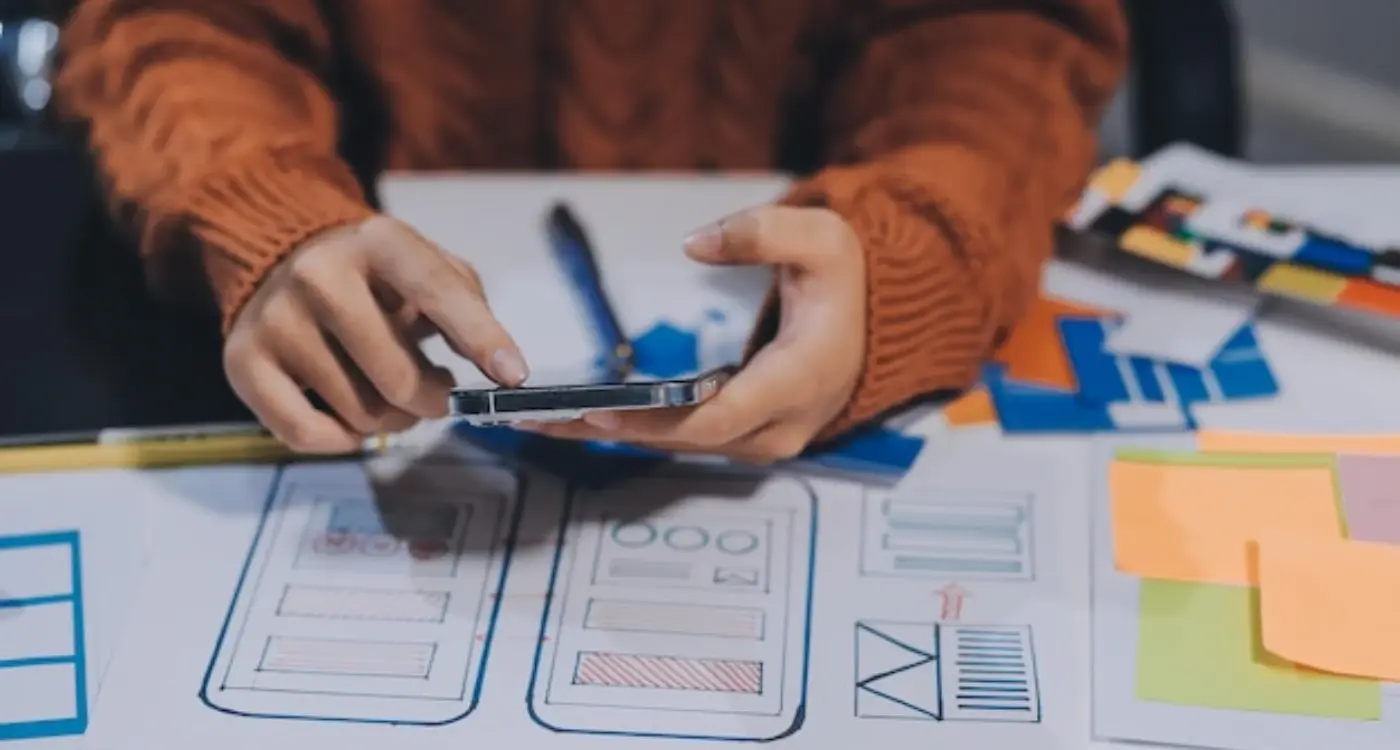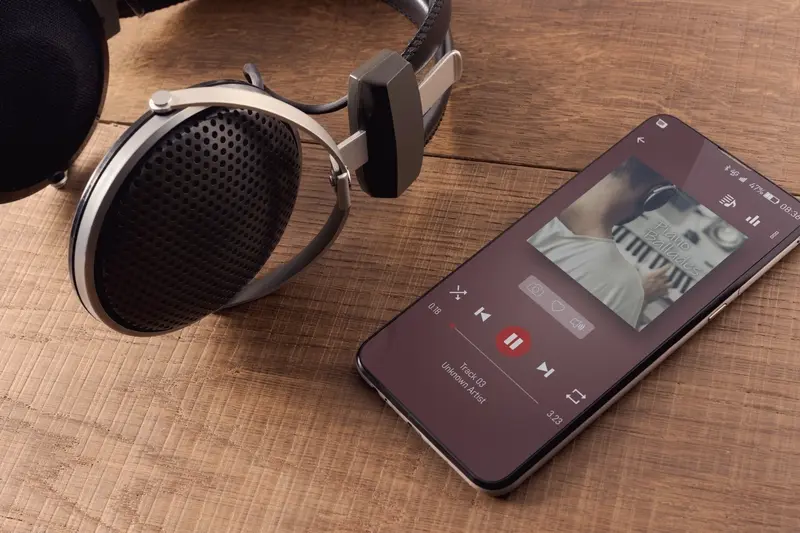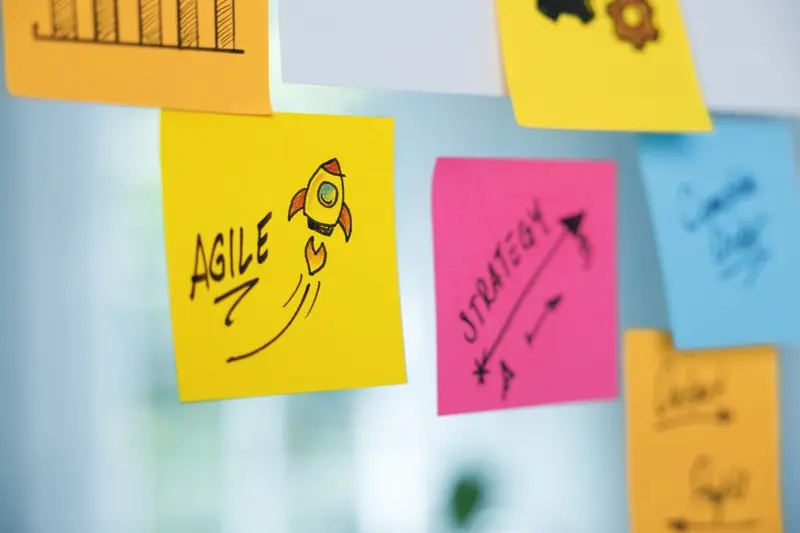How Much Does It Cost To Localise A Mobile App Properly?
A single word mistranslated in your mobile app can cost you thousands of customers overnight. I've seen apps crash and burn in new markets simply because someone used Google Translate for their localisation strategy. The truth is, properly localising a mobile app goes far beyond just swapping English text for another language—it's about understanding cultural nuances, technical requirements, and the ongoing commitment needed to succeed internationally.
When brands decide to take their mobile app global, they're often shocked by the complexity involved. It's not just about translation; you need to consider everything from currency formats and date displays to completely restructuring your user interface for right-to-left languages. The costs can vary wildly too—from a few thousand pounds for basic translation work to hundreds of thousands for comprehensive localisation across multiple markets.
The biggest mistake companies make is treating localisation as an afterthought rather than a core part of their international strategy
This guide will break down every cost component you need to consider when localising your mobile app properly. We'll cover text translation and cultural adaptation, technical development requirements, quality assurance processes, and the ongoing maintenance that keeps your app relevant in different markets. By the end, you'll have a clear understanding of what it really takes—and costs—to make your app successful internationally.
What Is Mobile App Localisation
Mobile app localisation is the process of adapting your app for different countries, languages, and cultures. It's much more than just translating text from English to French or Spanish—though that's definitely part of it. When you localise an app properly, you're making it feel like it was built specifically for people in that market.
I've worked on localisation projects where we've had to completely rethink how an app works because what makes sense in the UK doesn't necessarily work in Japan or Brazil. The way people interact with technology varies massively between cultures, and your app needs to respect that.
The Key Elements of App Localisation
Localisation touches every part of your app. You'll need to consider language translation, cultural preferences, local payment methods, and even legal requirements. Some countries have strict data protection laws that affect how your app handles user information.
- Translating all text content and user interface elements
- Adapting images, colours, and design elements for cultural preferences
- Integrating local payment systems and currencies
- Adjusting date formats, number formats, and units of measurement
- Ensuring compliance with local regulations and laws
The goal isn't just to make your app understandable in different markets—it's to make it feel natural and intuitive for users in those regions. When done right, localisation can dramatically increase your app's success in international markets.
The Main Costs Of App Localisation
When clients ask me about localising their mobile app, I can see their minds racing about the costs involved. And rightfully so—app localisation isn't just about translation; it's a proper investment that touches every part of your app development process.
The biggest expense you'll face is professional translation services. This isn't Google Translate territory we're talking about here. You need skilled translators who understand both the source and target languages, plus the cultural nuances that make content resonate with international users. Expect to pay anywhere from £0.10 to £0.30 per word, depending on the language pair and complexity.
The Hidden Technical Costs
What catches many people off guard are the technical development costs. Your app's code needs modifications to handle different languages, text expansion (German text can be 30% longer than English!), and right-to-left reading languages like Arabic. This development work can cost thousands, not hundreds.
Then there's testing and quality assurance—every localised version needs thorough testing across different devices and operating systems. Don't forget ongoing maintenance costs either; every app update needs to be properly maintained and monitored too.
Start with just 2-3 target markets rather than going global all at once. This approach helps you understand the real costs involved without overwhelming your budget.
Breaking Down The Budget
- Professional translation: 40-50% of total budget
- Technical development: 30-40% of total budget
- Testing and QA: 10-15% of total budget
- Ongoing maintenance: 5-10% of total budget
Text Translation And Cultural Adaptation
Translation costs make up the biggest chunk of your localisation budget—we're talking about 60-70% of your total spend here. But here's the thing: it's not just about swapping English words for German ones. That's where most people get it wrong.
Professional app translation typically costs between £0.08 and £0.25 per word, depending on the language pair and complexity. So if your app has 5,000 words of text, you're looking at £400-£1,250 per language. Languages like Japanese, Arabic, or Finnish will cost more than Spanish or French because there are fewer qualified translators available.
What Cultural Adaptation Really Means
Cultural adaptation goes way beyond translation—it's about making your app feel native to each market. Colours that work brilliantly in Western markets might be completely wrong in Asia. Red means luck in China but danger in many Western countries. Your app's tone of voice needs adjusting too; what sounds friendly and casual in America might come across as unprofessional in Germany.
The Hidden Text Expansion Problem
German text expands by about 30% compared to English, whilst Chinese contracts significantly. This means your carefully designed buttons and menus might break completely. You'll need to budget for design adjustments—typically adding another 20-30% to your translation costs.
- Professional translation: £0.08-£0.25 per word
- Cultural adaptation review: £500-£2,000 per language
- Design adjustments for text expansion: 20-30% of translation cost
- Specialist terminology research: £200-£800 per language
Technical Development For Different Markets
When you're building a mobile app for international markets, the technical side gets more complex than you might expect. It's not just about translating words—your developers need to think about how different languages actually work within your app's code. Some languages read right-to-left, others need more space for text, and some have completely different character sets that can break your layout if you're not prepared.
Right-to-Left Languages Need Special Attention
Arabic and Hebrew are the big ones here. Your entire app interface needs to flip—buttons move to different sides, navigation flows backwards, and even icons might need adjusting. This isn't something you can just switch on; it requires proper planning from your development team and adds significant time to your project timeline.
The biggest mistake I see companies make is treating technical localisation as an afterthought rather than building it into the foundation of their app architecture
Character Encoding and Text Expansion
Different languages take up different amounts of space on screen. German text can be 30% longer than English, whilst Chinese characters might be more compact but need larger font sizes to remain readable. Your developers need to build flexible layouts that can handle these variations without breaking. Plus, there's the technical challenge of supporting different character sets—especially for languages like Japanese that mix multiple writing systems in a single sentence.
Testing And Quality Assurance Across Languages
Testing a localised app isn't just about checking if the words translated correctly—though that's part of it. You need to make sure everything works properly in each language and region you're targeting. The costs here can catch people off guard because there's more to it than you might think.
Each localised version needs proper testing by native speakers who understand the culture, not just the language. A German speaker living in London won't spot the same issues as someone who's lived in Berlin their whole life. This means hiring testers from each target market, and good testers aren't cheap.
Main Testing Areas That Drive Up Costs
- Text expansion testing—some languages take up 30% more space than English
- Right-to-left language support for Arabic and Hebrew markets
- Currency and date format validation
- Cultural appropriateness checks
- Local payment method integration testing
- Device-specific testing for different markets
Budget around £500-£1,500 per language for thorough testing, depending on your app's complexity. Skipping proper QA here is false economy—users will abandon apps that feel clunky or culturally tone-deaf. Trust me, I've seen promising apps fail because they rushed the testing phase to save money.
Ongoing Maintenance And Updates
Once your mobile app launches in different markets, the work doesn't stop there—it's just the beginning of a new phase. Your localised app will need regular updates, and each one creates fresh translation costs that many developers forget to budget for.
Every time you add new features, fix bugs, or update content, you'll need to translate these changes for each market you're targeting. A simple app update might seem small, but when you multiply it across five or six languages, the costs add up quickly. I've seen businesses get caught off guard by this—they budget for the initial translation but forget about the ongoing expenses.
What Needs Regular Updates
- App store descriptions and screenshots
- New feature announcements
- Help documentation and FAQs
- Push notifications and in-app messages
- Legal terms and privacy policies
- Seasonal content and promotions
The frequency depends on your app type. A news app might need daily updates, while a simple utility app could go months between changes. Building relationships with your translation team makes this process smoother; they'll understand your app's context and work faster on updates.
Set aside 15-20% of your initial localisation budget for ongoing maintenance each year—this covers regular updates without breaking your budget.
Managing Update Costs
Smart planning can reduce these ongoing expenses. Batch smaller updates together rather than translating each one individually. Keep a consistent style guide so translators work more efficiently. Most importantly, communicate changes clearly to your translation team so they understand the context and can work accurately the first time.
Managing Your Localisation Budget
I've worked with companies that have blown their entire localisation budget on just translation costs—and completely forgotten about testing! Don't be that company. Managing your localisation budget needs proper planning from day one, not when you're halfway through the process and realising you've run out of money.
Start by breaking down your costs into phases. Translation and cultural adaptation typically eat up 40-60% of your budget, whilst technical development takes another 25-35%. The remaining portion goes to testing and ongoing maintenance—costs that many businesses forget to include.
Smart Budget Allocation
You don't need to localise everything at once. Pick your most important markets first; test the waters before diving into 15 different languages. I always recommend starting with 2-3 key markets, measuring success, then expanding gradually.
| Budget Category | Percentage | Priority |
|---|---|---|
| Translation & Cultural Adaptation | 40-60% | High |
| Technical Development | 25-35% | High |
| Testing & QA | 15-20% | Medium |
| Ongoing Maintenance | 10-15% | Medium |
Keep a contingency fund—at least 20% of your total budget. Trust me, you'll need it when you discover that your app's text expands by 30% in German and breaks your entire interface! It's also worth asking your development team the right questions about code quality to prevent costly issues later.
Conclusion
So there you have it—the real costs behind proper mobile app localisation. I've been through this process with countless clients over the years, and the one thing that always catches people off guard is how much more there is to it than just swapping out text. Translation is really just the starting point; the technical development, cultural adaptation, and ongoing maintenance are where the real work happens.
When you're planning your international expansion, remember that cutting corners on localisation almost always backfires. I've seen apps fail spectacularly in new markets because teams tried to rush the process or skimp on quality assurance. Your users will notice if your app feels foreign or clunky in their language—and they won't hesitate to delete it.
The key is to budget realistically from the start. Factor in all the hidden costs we've covered: UI adjustments for different text lengths, cultural research, multiple rounds of testing, and those inevitable updates. Yes, proper localisation requires a significant investment, but it's what separates successful global apps from those that struggle to gain traction in new markets. Your users deserve an app that feels like it was built specifically for them, not something that's been hastily converted from another language.
Share this
Subscribe To Our Learning Centre
You May Also Like
These Related Guides

Why Do Small Design Changes Cost So Much Later?

How Much Does It Cost To Build A Music Streaming App Like Spotify?



